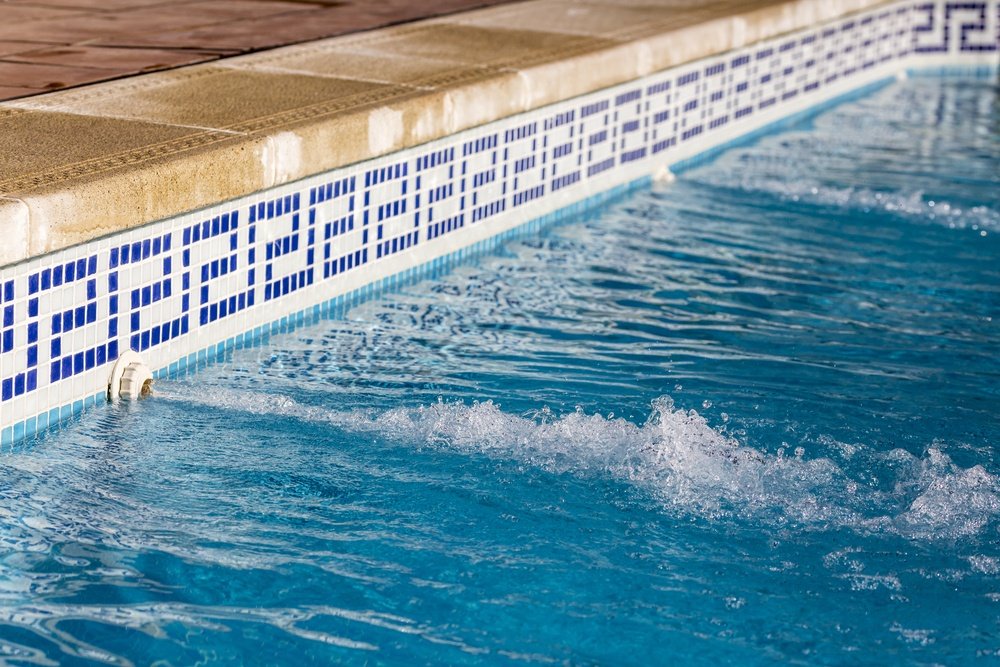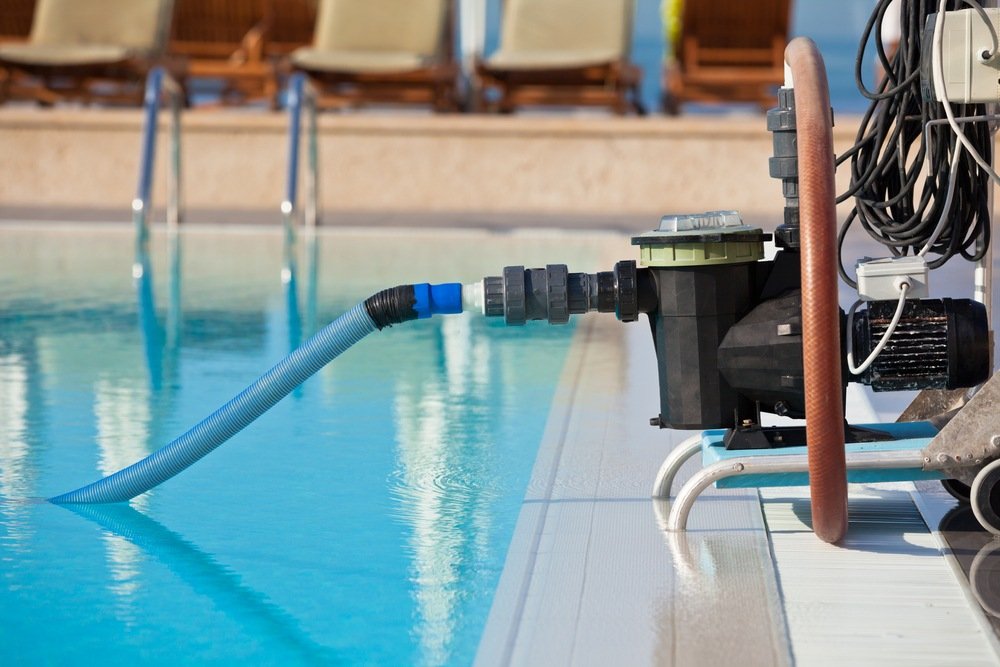Can Energy Efficient Pool Pumps Save You Money?

Keeping your home energy efficient is important, but certain features can complicate the process. For instance, you might find yourself struggling with your swimming pool when trying to maintain an energy efficient home. Swimming pools aren’t just bodies of still water; they’re complicated machines that use large amounts of energy to stay functional and sanitary. Just how much energy your swimming pool uses could surprise you.
The exact amount of energy your swimming pool uses varies depending on the kind of pump you use, but the average energy use is high. In many cases, your pump is responsible for a quarter of all energy usage on your property. That’s higher than even common appliances home energy usage diagnostics tools often cite as wasting energy.
Since pool pumps use so much energy, many pool owners have started looking into energy efficient pool pumps. These products bring down utility costs and make homes where they’re installed more environmentally responsible.
Just how much money and energy can energy efficient pool pumps save you? To find out, we’ll examine several different kinds of pumps and discuss their pros and cons.
Single-Speed Pumps
First off, there are single-speed pool pumps. These pumps are by far the most common across the United States, and are found in 3/4s of all pool-equipped homes. The single-speed pump’s advantage is a low upfront cost. However, these pumps also incur the highest operating costs, since their speed isn’t adjustable to compensate for installation in small pools.
The truth is, most pools in the U.S. aren’t large enough to take advantage of a single-speed pump. Single-speed pumps are normally at least 1.5 horsepower, which means they use more than 2,000 watts. A typical residential pool requires only 0.75 horsepower, thus creating energy waste.

Dual vs. Variable Speed Pumps
Dual speed pumps allow you to adjust their energy usage by offering two settings. These pumps can save you some money, but it’s difficult to fine tune their flow rates. As a result, their efficiency doesn’t always justify their higher price tag. The best option is usually to install a variable speed pump. Variable speed pumps are more expensive but cost significantly less to operate. Of the three pump types, their flow rate is the easiest to adjust specifically to your needs.
Follow the Money
How much can you save with a variable speed pump? It varies, but reported savings exceed $561 per year in the U.S. At that rate, you could pay off your pool’s up front cost in no time. While the initial investment is slightly higher, variable speed pumps pay for themselves in the long run. Not to mention the saved stress on the environment.
Energy efficient pool pumps are a great way to save money on your home’s energy costs. If you’re considering a new pool or renovating your old one, it’s important to look towards long-term costs, rather than short-term payments. Your wallet and the environment will thank you in the long run.


